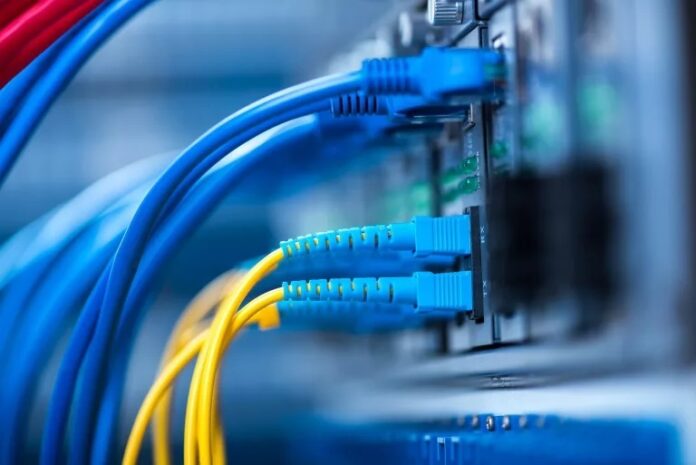For a Business owner or IT Director, having a failover solution is no longer optional—it’s mandatory. Two leading options exist for this in technology: wired and wireless methods. Knowing the best choice for your organization is essential for ensuring uninterrupted workflow and maintaining business continuity.
Wired Internet Failover – The Traditional Option
When you think of internet failover, the first thing that often springs to mind is a secondary wired connection. Why? Because it’s been the go-to solution for years. Wired methods typically come with high reliability and speed.
In the wired sphere, options range from DSL and cable to more advanced setups like fiber-optic connections. They all offer a physical contact that can kick into gear when your primary service flickers out.
However, this traditional approach has its setbacks. For starters, if the outage is due to physical damage—like a construction crew accidentally hitting a cable line—your secondary wired connection could also be compromised if it relies on the same infrastructure. The initial setup can also be taxing on your time and pocketbook.
Wireless Internet Failover
Wireless internet backup brings a new option to the table. With no physical infrastructure, a wireless failover can be a lifesaver when the primary wired connection drops. This technology employs cellular data or satellite connections to keep your systems running.
The benefits are clear:
- Quick to set up
- No dependency on physical infrastructure
- Flexibility in remote locations
While promising, wireless has its challenges. It may need more reliable connectivity and slower speeds than its wired counterpart.
The Best of Both Worlds
Why choose when you can have the best of both? A hybrid approach allows you to leverage the strengths of both wired and wireless solutions. Wired for speed and reliability, wireless for quick deployment and physical independence. With the right configurations, these two can work in tandem to provide a near-faultless system. This dual-layered approach is a robust safety net for any organization with business continuity and high-quality service.
Evaluating the Cost Factor
At first glance, maintaining a secondary wired connection seems financially challenging. The hardware, installation, and maintenance costs can quickly spiral, making it an option many smaller businesses shy away from.
Wireless solutions, however, introduce a cost-friendly narrative to the table. With a relatively small monthly fee for cellular data, these options are a boon for budget-conscious enterprises. They bring the advantage of low upfront costs and the flexibility to scale up or down based on your needs.
There might be concerns about hidden costs—primarily if you rely on your wireless internet backup for extended periods. However, many service providers offer scalable data plans that can be customized to suit your business’s unique needs, turning what could be a financial pitfall into a manageable expense.
Conclusion
Regarding failover solutions, the decision between wired and wireless is more than just a one-size-fits-all scenario. Each has its pros and cons, and what works best depends on your business’s specific needs and limitations. In an ideal world, a hybrid approach offers the most comprehensive solution. Regardless, being prepared with internet failover is no longer just a nice-to-have feature; it’s a business necessity.
Read Also: Keep It Simple: 4 Must-Know Reasons for Outsourcing IT


































































